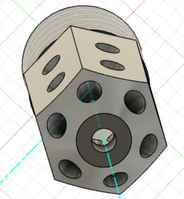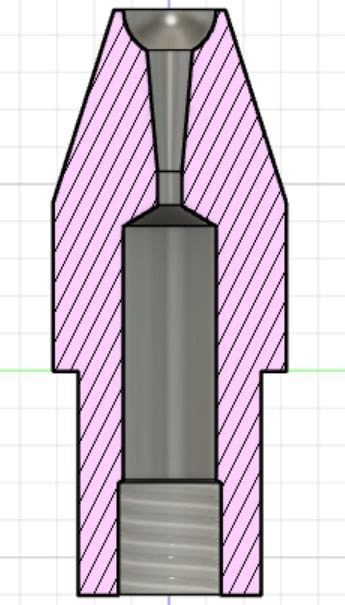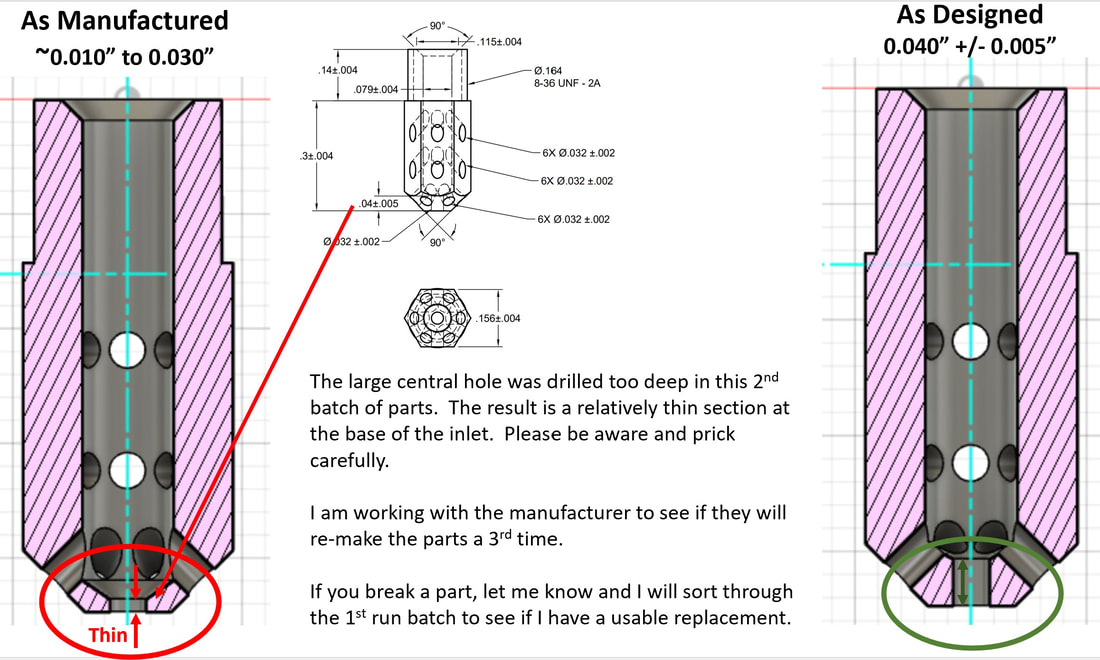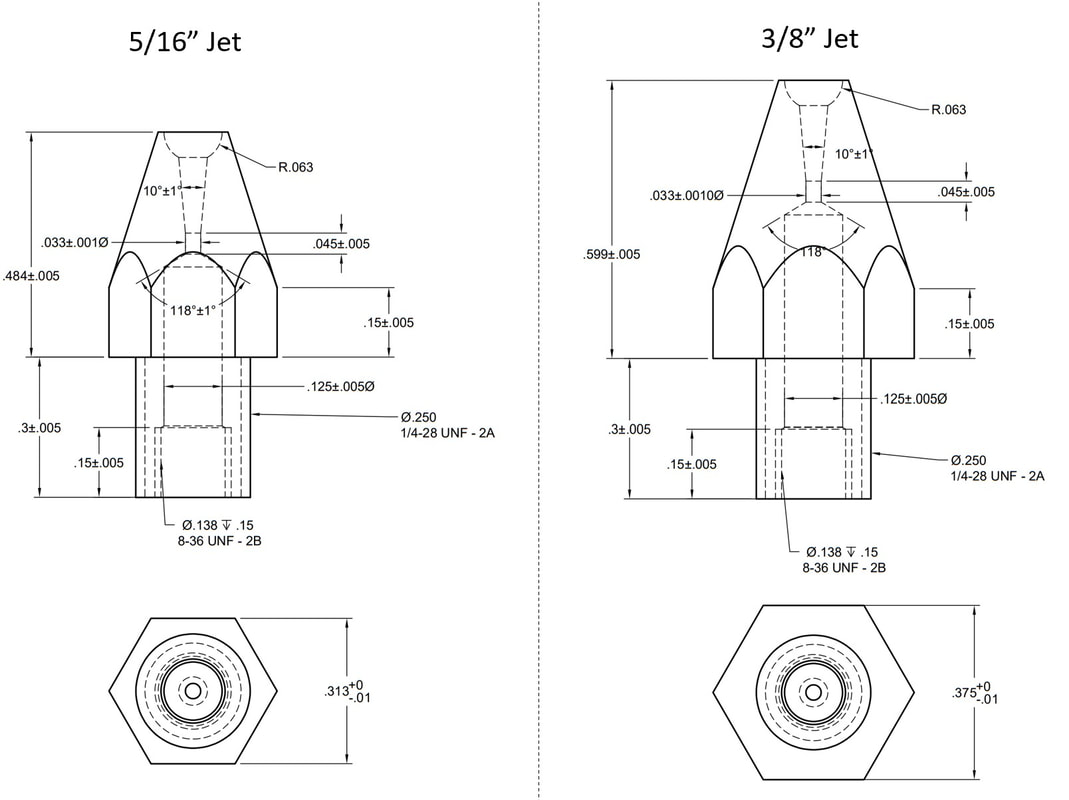new design Stanley syeam car burner jets3/30/2022 Joseph Fedullo Thanks for your interest in these multiport jets. It has been a learning experience having them made and it took longer than I hoped. I have not had an opportunity to try them out yet. Hopefully they work well. This was the first, and after dealing with the suppliers, the last run I plan on making. I used an online prototyping company called HUBS.com to manufacture them. It took 2 iterations to get a decent part. They cost me $12.50 per jet assembly in a quantity of 200. If you need more, I can share the CAD files and you can get them sourced. Preparation: These jets will require a little effort on your part to perform their best. First, the main orifice hole at the tip will need to be upsized. It was intentionally undersized to allow the user to modify it to their needs. As delivered, it is drilled at 0.032” (which is about a #68 drill) This will need to be opened up to the size of your choice. I advise trying one size smaller than you would normally use as a starting point. Since these jets do not have the restriction of the long length orifice hole of the commercially available multiport jets, they may flow more fuel for a given orifice size. Start small, and if it isn’t flowing enough fuel, it is an easy matter to go up another size. Please disassemble the two halves when you are upsizing the main hole to prevent chips getting stuck in-between the halves. I finger tighten them together, but you may need a 5/32”wrench to separate them.  To prevent a carbon fleck from getting to the main orifice the feed holes on the inlet must be smaller than the main orifice. I would say at least 3 drill sizes smaller than your main orifice to act as a filter. There are so many feed holes there is probably no need to enlarge them at all from the existing #68s. I haven’t had an opportunity to test both ways to see if there is an advantage to opening them up, but I suspect there is not. I have a few spares I will experiment with and follow up. It should take quite a while for carbon to build up on enough of these feed holes to restrict flow. But when it does come time to clean them, do not just push the carbon in the same direction as the fuel. If you do, it may clog the main orifice. I recommend blowing them out with compressed air fed through the outlet tip counter to the way fuel would flow. If you prick the holes clean - unscrew the two halves and blow them out after to make sure you did not leave carbon in between the two halves.
If you ordered the jets with a 5/16” head (same size as original Stanley) they were designed to maximize air entrainment around them. If you use the standard copper washer to seal it to the branch fork, the OD of the washer will stick out a little diametrically and potentially disrupt air flow. McMaster Carr part number 97725A100 is a more appropriately sized copper washer for the 5/16” head. The OD of these is almost identical to that of the branch forks on my cars so I do not think they will pose any aerodynamic obstruction. They are $13.03 per pack of 25. You can also try no copper washer (How Stanley did it originally) or just use the larger washer as the disruption in air flow is likely minimal. A note on tightening – some of the sections are kind of thin. Hand tight is all you need between the two halves of the jet. Tighten to the branch fork as normal - just enough to seal. Don’t go crazy. Support the museum: The jets cost me $12.50 each, and that is what I am charging you. I did this for the hobby, not a business. The other commercially available multiport jets cost $25 each ($50/pair) and aren’t nearly as difficult to make. If you like these and feel they were worth more than you paid, I ask you to consider making a donation to the Stanley Museum at: 40 School Street, P.O. Box 77 Kingfield, Maine 04947 Phone-(207)-265-2729 [email protected] Tolerance issue: The first batch of parts was out of tolerance in several locations, so I had them remade. The second batch (what I am shipping out) were much better, but the central hole on the inlet was drilled too deep. It shouldn’t impact performance, but am working with the supplier to see if they will remake again. I did not want to further delay shipping so I am shipping these as is. The end of the inlet section is thinner than I designed. Please be careful when pricking. If you break one, please let me know and I can sort through the first batch that was out of spec to find a replacement.
0 Comments
Leave a Reply. |
Archives
December 2022
Categories
All
|
|
|
Steam Car Network functions as a resource for all steam car and steam bike enthusiasts. The website is constantly updated with articles, events, and informative posts to keep the community alive and growing. Feel free to contact us if you have any questions or concerns at the email address below and we will promptly reply.
[email protected] |





 RSS Feed
RSS Feed
